Table of content
In the bustling streets of Chaoshan, a region nestled in China’s Guangdong Province, a humble culinary staple has quietly woven itself into the fabric of local life. Known locally as Xuefen (雪粉), this delicate, translucent rice noodle has captured the hearts of generations with its silken texture and versatile nature. Yet, beyond the borders of Chaoshan, this unassuming dish undergoes a fascinating metamorphosis—both in name and in cultural resonance. As it migrates across continents and adapts to diverse palates, Xuefen becomes a canvas for the negotiation of identity, heritage, and globalization. This article explores the journey of Chaoshan Xuefen, tracing its linguistic evolution and the stories it carries as it transcends geographical and cultural boundaries.
The Origins and Essence of Chaoshan Xuefen
To understand the global odyssey of Xuefen, one must first grasp its significance within Chaoshan cuisine. Crafted from rice flour and water, Xuefen is produced through a meticulous process of steaming and slicing, resulting in noodles that are both tender and resilient. Unlike thicker, chewier rice noodles common in other regions, Xuefen is prized for its ability to absorb flavors without dominating a dish. It is a chameleon of the kitchen, equally at home in soups, stir-fries, or cold salads, and often paired with ingredients like beef, seafood, or preserved vegetables.
The name Xuefen itself is poetic. Xue (雪) translates to “snow,” a nod to the noodle’s pristine, milky-white appearance, while fen (粉) refers to its status as a starch-based product. Together, the term evokes imagery of purity and simplicity—qualities that align with the Chaoshan culinary philosophy, which emphasizes freshness, balance, and the celebration of natural flavors.

Beyond Borders: The Linguistic Tapestry of Xuefen
As Chaoshan natives migrated overseas—particularly to Southeast Asia, Hong Kong, and Western countries—they carried Xuefen with them, not just as sustenance, but as a fragment of homeland. However, the dish’s name began to fragment and evolve, adapting to the linguistic and cultural landscapes of its new environments.
Southeast Asia: A Mosaic of Names
In countries like Thailand, Malaysia, and Singapore, where Chaoshan communities form significant portions of overseas Chinese populations, Xuefen is often referred to as Kuaitiao Chaoshan (ก๋วยเตี๋ยวเจ้าซาน) in Thai or Chaoshan Fen in Malaysian dialects. Here, the dish is frequently served in hawker centers and street-side stalls, often renamed to reflect local tastes. For instance, in Thailand, it might be called Sen Yai Chaoshan (เส้นใหญ่เจ้าซาน), with Sen Yai meaning “thick noodles” in Thai, despite Xuefen’s relatively thin structure. This linguistic blend reflects the Thai practice of categorizing noodles by thickness rather than regional origin.
In Vietnam, particularly in Ho Chi Minh City’s Chinatown (Chợ Lớn), Xuefen is known as Bánh Canh Chaoshan. Bánh Canh typically denotes thick, chewy rice noodles in Vietnamese, but the Chaoshan iteration retains its delicate texture, creating a delightful culinary paradox. Such adaptations highlight how immigrant communities negotiate between preserving tradition and integrating into local food cultures.
Hong Kong and Macau: Cantonese Influences
In Hong Kong, a melting pot of Cantonese and global influences, Xuefen is often labeled as Cheong Fun (腸粉) in Cantonese, a term that technically refers to a similar but distinct dish—steamed rice rolls filled with shrimp or beef. This linguistic overlap underscores the challenges of categorizing regional Chinese noodles in a cosmopolitan city where culinary boundaries blur. However, discernible Chaoshan restaurants may retain the term Xuefen or use Chaoshan Cheong Fun to distinguish it from the Cantonese variety.
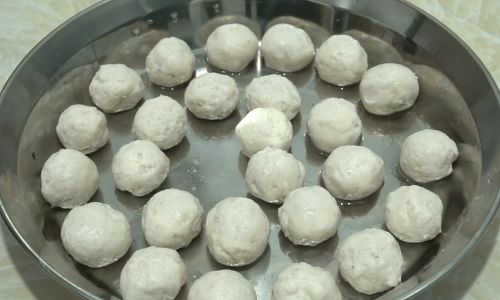
The West: From “Rice Noodles” to Gourmet Revival
In Western countries like the United States, Canada, and Australia, Xuefen faces a different challenge: the absence of a direct cultural reference point. Here, it is often reduced to generic labels like “rice noodles” or “rice sticks” on packaging, erasing its regional identity. However, a recent gourmet revival among Asian fusion chefs has begun to reclaim its specificity. Trendy restaurants in cities like New York and London now feature Xuefen on menus, sometimes rebranding it as “Chaoshan Silver Noodles” or “Snowflake Rice Noodles” to evoke its original imagery. This rebranding effort caters to diners seeking authenticity while navigating linguistic barriers.
Cultural Identity and the Politics of Naming
The evolution of Xuefen’s name is not merely semantic—it is a microcosm of broader cultural dynamics. For diaspora communities, the dish’s nomenclature becomes a tool for asserting identity in foreign lands. In Southeast Asia, for example, retaining terms like Chaoshan Fen serves as a badge of pride, distinguishing Chaoshan immigrants from other Chinese groups. Simultaneously, the adoption of local names (e.g., Kuaitiao Chaoshan) signals integration and mutual cultural exchange.
Conversely, in the West, the anonymity of “rice noodles” reflects the marginalization of regional Chinese cuisines within mainstream food culture. This erasure has sparked debates among food scholars and activists, who argue that preserving names like Xuefen is essential to combating cultural homogenization. Initiatives like the Chaoshan Cultural Preservation Society in San Francisco advocate for the use of original terminology, hosting workshops and pop-up dinners to educate the public.
Globalization and the Future of Xuefen
As globalization accelerates, the story of Xuefen mirrors that of countless traditional foods. On one hand, mass production and distribution have made it accessible to international audiences, with brands like “Snowflake Rice Noodles” appearing in supermarkets worldwide. On the other hand, this accessibility often comes at the cost of authenticity, as industrial processes alter texture and flavor.

Yet, a counter-movement is afoot. Artisanal producers in Chaoshan are partnering with international distributors to export Xuefen under its original name, leveraging e-commerce platforms to reach niche markets. Meanwhile, food bloggers and documentarians are chronicling its journey, using platforms like YouTube and Instagram to showcase its cultural significance.
Conclusion: The Name as a Living Artifact
The tale of Chaoshan Xuefen is a testament to the resilience of cultural heritage in an interconnected world. Its name, ever-shifting yet deeply rooted, tells a story of migration, adaptation, and resilience. Whether called Kuaitiao Chaoshan in Bangkok, Bánh Canh Chaoshan in Saigon, or “Snowflake Rice Noodles” in New York, the dish remains a bridge between past and present, a reminder that food is never just sustenance—it is a language of its own.
As we savor a plate of Xuefen, we taste not just rice and water, but the cumulative experiences of generations who have nurtured, named, and reimagined this simple noodle. In its name, we find the essence of Chaoshan itself: a place that holds fast to tradition while embracing the winds of change.
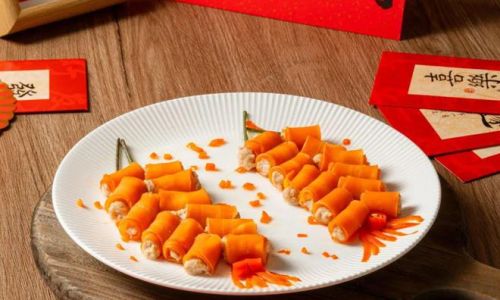
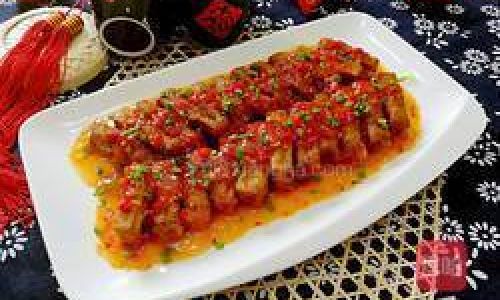
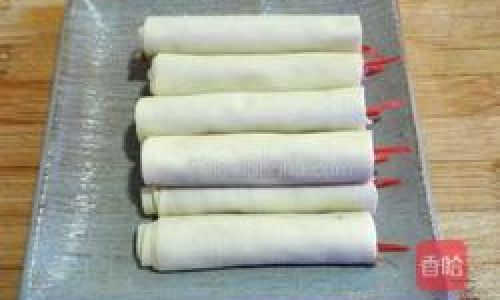
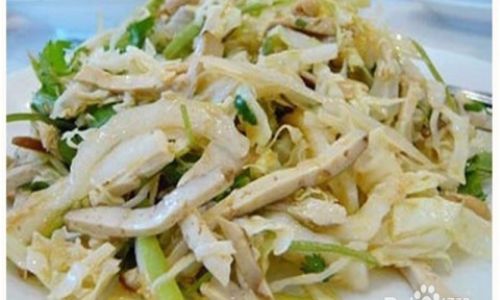
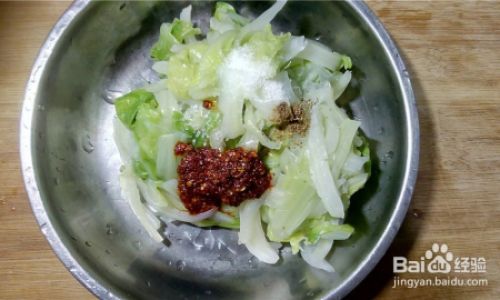
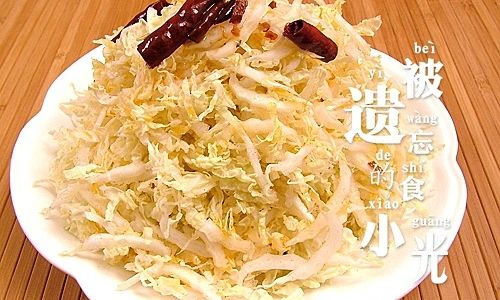
0 comments